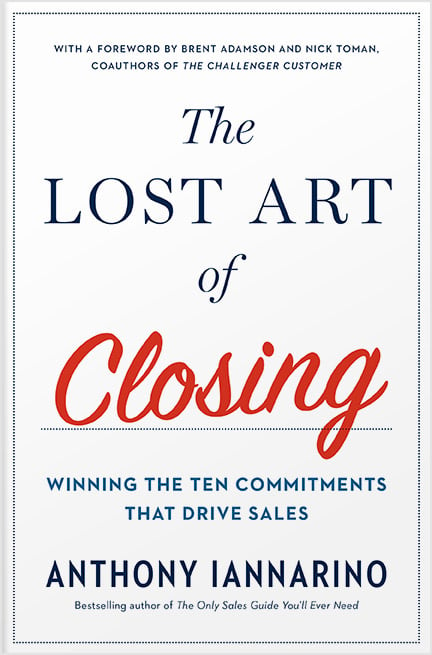The Gist:
- Your clients have expectations for how you use the time they give you.
- It is important to give them what they need in order to move forward in the conversation.
- The new sales conversation has shifted to new areas where buyers need greater help.
While some decision-makers and decision-shapers still have “legacy expectations,” more and more, they are left unimpressed and unsatisfied by their conversations with salespeople. As a result, they refuse follow-up meetings, they rely more on their own research, and they end more deals with a “no decision.” Low win rates, missed goals, and a host of other trends likewise suggest that salespeople are not serving their clients well enough.
How you sell—including what you believe your client needs from you—is a greater variable to your success than what you sell. One of the most helpful beliefs you can hold is that everything is your fault, since it forces you to take action and change your results. Believing that someone or something else is the root cause of all your problems debilitates your progress and your ability to produce the results you need.
With that in mind, here are a few things your clients should expect from a B2B salesperson.


How to Make Sense of Their World
There is no excuse for a B2B salesperson being unable to explain the client’s world to them. The sales organization and the salesperson they supplied their client should both have a world view that they can share clearly and persuasively, as a way to make sense of the complex environment that makes up their prospective client’s world.
The continued commoditization of the discovery call is inadequate for a modern sales approach. Instead of asking the client about their problems or their resultant sleep habits, the salesperson should be prepared to explain the trends and factors that cause their problems, challenges, and opportunities.
What They Should Do
One of the benefits of being able to meaningfully explain your client’s world to them is that lets you tell them what they need to do now. There are some who will chafe at this idea, especially the Order-Takers, those who very literally take orders from their clients instead of leading them.
There are two common scenarios here. The first is that your client doesn’t know what they need to do, in which case you provide help by telling them directly what they need to do to improve their results. If your client knew what they needed to do, they would have already done it.
In the second scenario, your client knows what they need to do, but for whatever reason, they haven’t yet taken action. Here, your ability to help your client make sense of their world can help validate the decision to act by improving their certainty and confidence. The extent of most salespeople’s advice, recommendations, and counsel is something like: “You should buy our solution from us.” That advice leaves clients wanting.


How They Should Move Forward
You might be tempted to believe that your solution is the solution. But your value must precede and exceed your solution; otherwise, you don’t deserve to advise your client how to move forward. Your advice and your recommendations thus need to extend beyond your solution, so you can provide a path to better results.
The reason that companies use RFPs is to eliminate value creation and commoditize their providers. If they were serious about selecting the right partner, they’d abandon the RFP process and spend a lot more time with potential partners—a process they often adopt after their RFPs fail to produce the results they need.
Likewise, the reason salespeople should refuse to play the RFP game is that eliminates value creation. Yet many of our sisters and brothers in sales can’t provide their clients with a roadmap to success without an RFP. The map doesn’t need to be complex, just a simple framework listing all the conversations and all the decisions the client needs to make to successfully improve their position. No one loves an RFP, but the legacy, linear sales process is inadequate when it comes to a change management project.


Great (Client) Expectations: A Checklist
- You are a professional salesperson and an expert in the results you help your clients create.
- You know more than they do about what’s going on in the world outside their window.
- You can help them understand why they should change and how they should go about it.
- You can help them build consensus and lead them through the change.
- You can provide an experience that create value for them in every interaction, from the first communication to the execution and attainment of the results you sold them.
Do Good Work:
- Look for opportunities to help your client understand their world better.
- Provide greater guidance on what your clients should do and how they do it.
- Focus on the prospective client experience, differentiating yourself from the field.









.jpg?width=768&height=994&name=salescall-planner-ebook-v3-1-cover%20(1).jpg)


